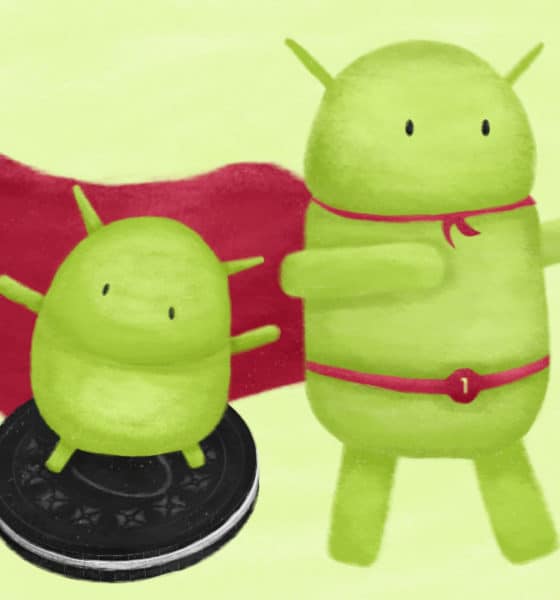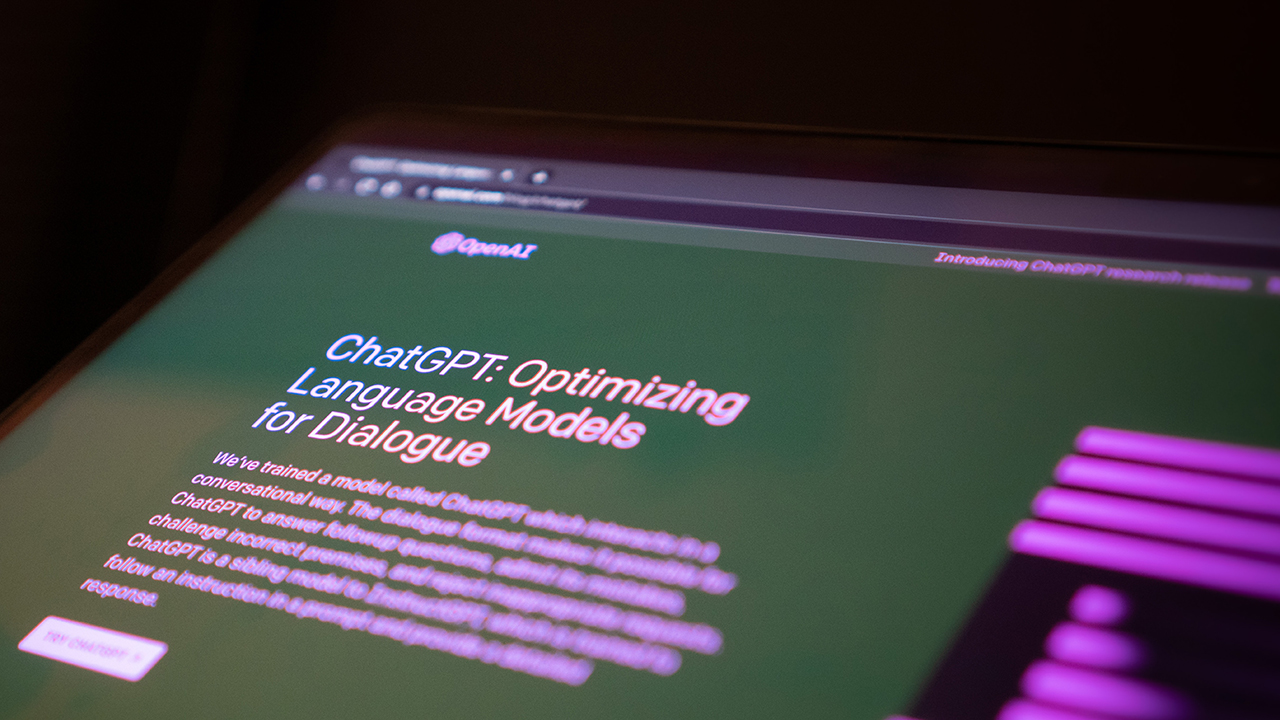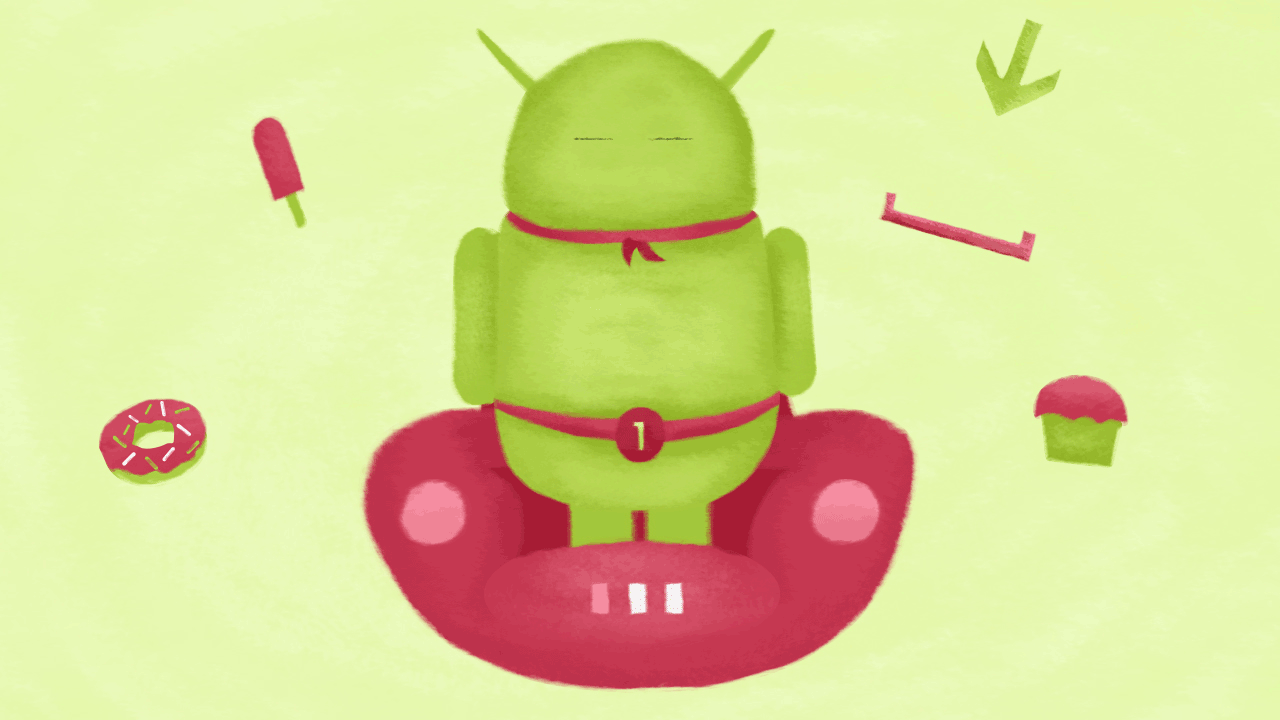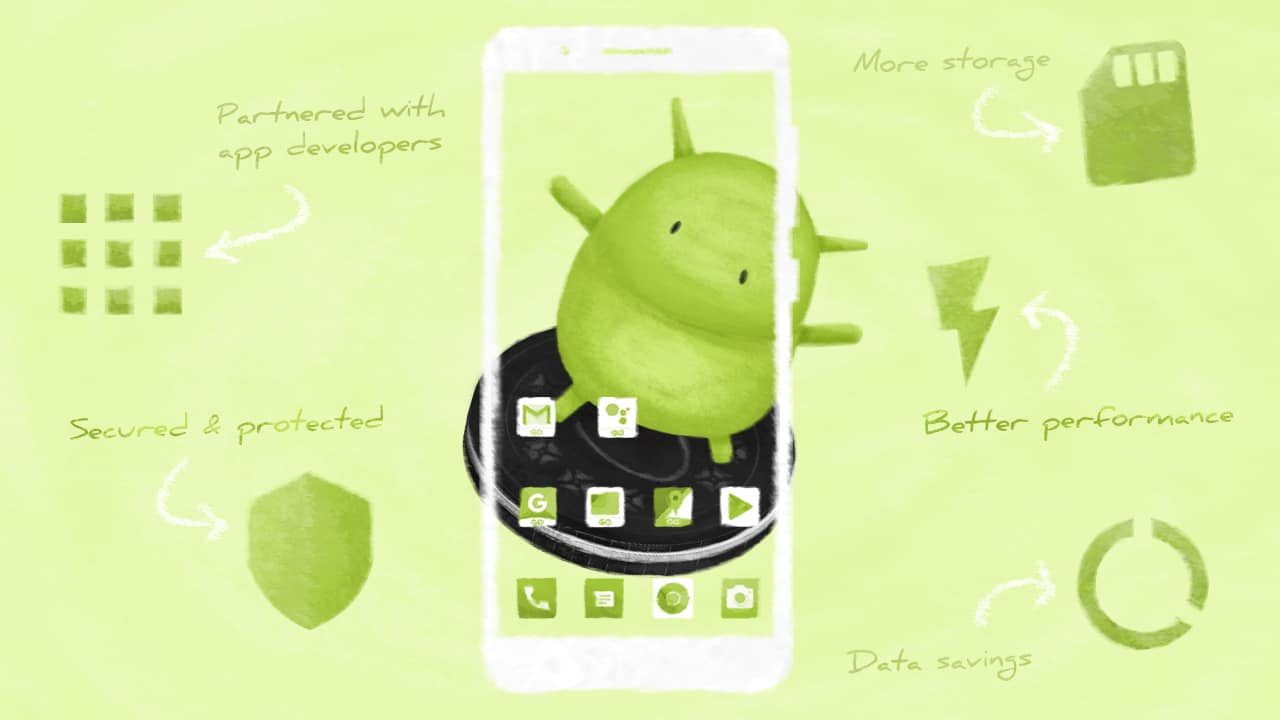

When shopping for an Android phone, people often ask about software version. Google keeps this easy for us to remember by naming them after desserts and in alphabetical order. For example: Android 6.0 is Marshmallow, 7.0 is Nougat, and now we have Oreo for version 8.0, which is the latest publicly available version. Android P (no dessert name as of writing) is still in the works, so let’s not worry about it for now.
Most Android phones don’t get the latest version, though. Usually, only the expensive flagship phones receive them, leaving other affordable devices in the dust. This is where Android One comes into the picture.
What is Android One?
Android One is not new; it was announced by Google back in 2014 as a platform to bring a smooth Android experience to emerging markets. Android One was made for low-cost, low-spec devices that get major OS updates for two years, security updates for three years, have the core Google services, and a stock Android interface.
The introduction of Android One was a relief since manufacturers had been pre-installing bloatware on their phones. Android One phones were known as the “poor man’s Nexus” since they were priced around US$ 150 — you practically got the software support and lag-free performance of Nexus phones for cheap.
The program started to lose its momentum after a couple of years and we barely saw any new devices. Only a few countries got fresh releases.
Android One came back to the spotlight with the announcement of the Xiaomi Mi A1 last year. Google’s newfound partnership with Xiaomi gave us hope for the Android One program. But, this was also when we noticed that Android One isn’t focused on affordable devices anymore.
Android One became a platform for manufacturers to give consumers a pure and fresh Android experience. Nokia made the smart move to make all their new phones — midrange or high-end — embrace Android One. We honestly hope others will follow.
So, what happens with cheap devices now? That’s what Android Go is for.
What about Android Go?
Android Go was originally announced in May 2017, although we didn’t get to see any device running it until Mobile World Congress 2018 in Barcelona. Now referred to as Android Oreo (Go edition), it picks up where Android One left off — well, kind of. It’s a stripped-down version of Android (specifically Android Oreo) built to run on devices with 1GB of memory or even less.
The goal now is to make really cheap devices. Expect them to be priced under US$ 100 or less than US$ 50, in some cases. Examples of the smartphones with Android Oreo (Go edition) are the ZTE Tempo Go, Nokia 1, and Alcatel 1X — all entry-level devices.
How can Google make sure Android works okay despite the limited hardware?
Every core Android app, from Gmail to Maps to Assistant, has been rebuilt and stripped of extra features. They’re streamlined and now labeled with “Go” (e.g. Gmail Go and Maps Go). To highlight apps that’ll work best with 1GB of memory or less, the Play Store for Android Oreo (Go edition) is tweaked to showcase such apps like Facebook Lite.
Since Android Oreo (Go edition) is designed for truly low-cost phones, it features data management tools for both internal storage and mobile data. To help aid with limited storage, Android Go is nearly half the size of “stock” Android which means there’s more room for apps, especially if the phone only has 8GB of storage. Also, Go and Lite apps are 50 percent smaller in file size — some even need just 1MB to install. Moreover, the OS helps users save data by restricting background data access.
One thing to note about Android Oreo (Go edition) is that it has no promised updates, hence the specific Oreo label. Perhaps when Android P gets announced, we’ll then have Android P (Go edition).
Conclusion
Let’s be clear: Android Go is not necessarily a replacement for Android One.
Android One is a line of phones defined and managed by Google. Android Go is just software that can run on entry-level devices. Android Go stretches the original purpose of Android One by making sure that the Android OS can run even if your phone is very basic.
Android Go bridges the gap between feature phones and smartphones. Hopefully, if pricing is right, consumers in developing markets will just buy Android Go-powered phones instead of feature phones.


It’s that time of the year again!
Since 2020, Samsung has equipped the Galaxy S20 Ultra with an ultra-fast 45W fast-charging speed compared to the Galaxy S10+‘s measly 15W charging standard. Four years after, 45W still remained on the Galaxy S24 Ultra.
For three consecutive years, Michael Josh has conducted a dedicated charge test to know whether its 45W “Super Fast Charging” works as promised on the latest line of Samsung’s Galaxy flagships. The Galaxy S24 Ultra isn’t an exemption to that.
Curious to know? Find out in our Galaxy S24 Ultra and Galaxy S24+ Charge Test.
Explainers
ChatGPT Explained: Should we be scared of AI?
Will the talking robot take over the world?

Back in the earlier days of the internet, an emerging but short-lived trend involved chatbots who could generate conversation with whomever it talked to. Does this sound familiar? Today, a similar phenomenon is creating a lot of waves online, headed by the infamous ChatGPT. The exceedingly popular ChatGPT is turning heads out of fear that the technology will eventually upend society and eradicate a lot of jobs.
But what exactly is ChatGPT? How is it different from language programs in the past? Is the world right to worry about them?
On the rise of language learning
ChatGPT is hardly the first software to inexplicably generate comprehensible dialogue without human intervention. Decades ago, the internet hosted rudimentary versions of today’s chatbot technology. The concept is somewhat similar, though. The early versions relied on a database of responses from human users. If you asked about coffee, for example, the answer you get will likely come from the logs of another user who talked about coffee in the past.
Because the system was imperfect in its infancy, part of the appeal was trying to get the software to fumble a conversation. However, if it did mess up, you can count on it asking you what it should have said. The next time someone asks the same question, the software might mirror what you said, creating a learning process between the software and the user.
Today, chatbots — meaning those usually used by businesses today — operate in the same way. If a customer comes with a query, the software will rely on a set of responses to most appropriately address the user’s problem. If the software can’t come up with a solution, the ball usually gets passed on to a human consultant.
Is ChatGPT just another chatbot?
Though the label certainly gets thrown around, ChatGPT isn’t strictly a chatbot. Instead, the software uses GPT-3.5, a specific language model created by OpenAI. Whereas early and more rudimentary versions of the same technology can already store an unbelievable amount of information in its memory, ChatGPT can analyze billions of words and the relationship between them.
Further, OpenAI extensively trains the software, ensuring that comprehension and grammar can live up to today’s standards. The learning is supervised. In fact, the company even has a makeshift reward system to ensure that the software puts out the most appropriate response. With users also contributing to the software’s learning process, ChatGPT is quickly emerging as a powerhouse for the technology.
The results speak for themselves. While users can generate simple conversations with the software, ChatGPT can just as easily answer more extensive queries with lengthier responses. If you ask it to create an essay about Christopher Columbus, for example, it can write a lengthy piece that can easily fool a casual reader. It can even handle more speculative queries. In a sample published by the developer, ChatGPT can answer what would happen if Columbus discovered America in 2015.
What’s it good for?
Based solely on what the software can do, ChatGPT can find its purpose in today’s world. The software can improve voice assistants and chatbots all over the internet. It can make big strides in the world of automation, enabling a more responsive interface between user and software.
On a more human aspect, the software can also handle more professional jobs with simpler prompts such as those involving simple marketing copy. It can help with more ephemeral research efforts, allowing users to get simple answers for otherwise complex questions.
And, on a more technical side, ChatGPT can reportedly analyze and detect what’s wrong with a piece of coding. With the software, developers can use ChatGPT to potentially repair code without having to pore over every single line. Allowing a powerful tool to inspect code speaks volumes for a lot of applications all over the world including smart vehicles and technical machinery.
However, as with every piece of technology, users will always find a way to use something beyond what it was originally designed for. ChatGPT is now changing the world of education as students are using the software to do their homework for them. Though a lot of the sample texts look like they can fool only lower levels of education, a Wharton business school professor (via Business Insider) recently stated that he would have been fooled by a ChatGPT essay, grading a sample with a passable grade of B or B-.
Should we be scared of ChatGPT?
ChatGPT is undoubtedly rocking the world of education. While some schools have banned the technology outright, others are debating on the software’s impact on how schools are taught. Since ChatGPT deals out more factual information, could education reinvent itself to teach more personal, tailored learning, rather than just the ability to spit out memorized facts. (“Factual” might even be an exaggeration. CNET, which recently experimented with AI-written articles, discovered a plethora of errors from using the software.)
Now, education isn’t the only world in peril. The creative industry is facing an extreme challenge wherein ChatGPT can potentially cause workers their jobs. Though the danger certainly seems real, the limitations of technology are also real. ChatGPT can create comprehensible text that can fool a human, but it will likely stumble with conceptualization.
A piece of software is just software. Even if it can write an essay about existentialism, it cannot think of the concept metaphysically. In the same way, even if it can show you a photo of a parrot, it cannot think of that photo as anything but a pattern of pixels. To a language learning software, words don’t mean anything else besides their relationship with each other. It’s the same thought process as a dog learning to run to its human when its name is called. The dog doesn’t know that you just said its name (or even the mere concept of a name); it just knows to do a certain action after hearing a specific sound.
Can ChatGPT change the world? Overall, the jury is still out, but it’s unlikely that a piece of learning software can do much to replace human-centric work. Regardless, it’s important to think of how ChatGPT can improve (or detriment) humanity.
Like with other supposedly dangerous technology, the world of technology is a Pandora’s box. We can never put the genie back into the bottle. Once it’s out, it’s out. Instead of worrying about how technology can destroy the world, the more appropriate response is to figure out how it can better humanity without sacrificing anyone’s wellbeing in the process.

When you’re looking to buy a new device, which specs should you pay attention to? Which upgrades should you consider?
In this video instead of reviewing the latest new smartphone, we’re going to talk about its unsung hero: RAM.
We partnered with @MicronTech to help you understand all the magical things that you get to do on your smartphone thanks to internal memory and storage.
To find out more about Micron’s mobile memory and storage solutions and how they’re bringing mobile innovation to life, visit https://www.micron.com/solutions/mobile or watch our explainer video.
-

 Accessories2 weeks ago
Accessories2 weeks agoApple Vision Pro Review: Two Months Later
-

 Features5 days ago
Features5 days agoFortify your home office or business setup with these devices
-

 Gaming1 week ago
Gaming1 week agoThe Rogue Prince of Persia looks like an ultra-colorful roguelite
-

 Events1 week ago
Events1 week agoStellar Blade: PlayStation taps cosplayers to play Eve for game’s launch
-

 Gaming1 week ago
Gaming1 week agoStar Wars Outlaws release date revealed
-

 Accessories1 week ago
Accessories1 week agoLogitech unveils G Pro X 60 gaming keyboard: Price, details
-

 Philippines2 weeks ago
Philippines2 weeks agovivo Y100 to release in Philippines on April 27
-

 Deals2 weeks ago
Deals2 weeks agoSamsung Awesome April: Deals on Galaxy A series





























